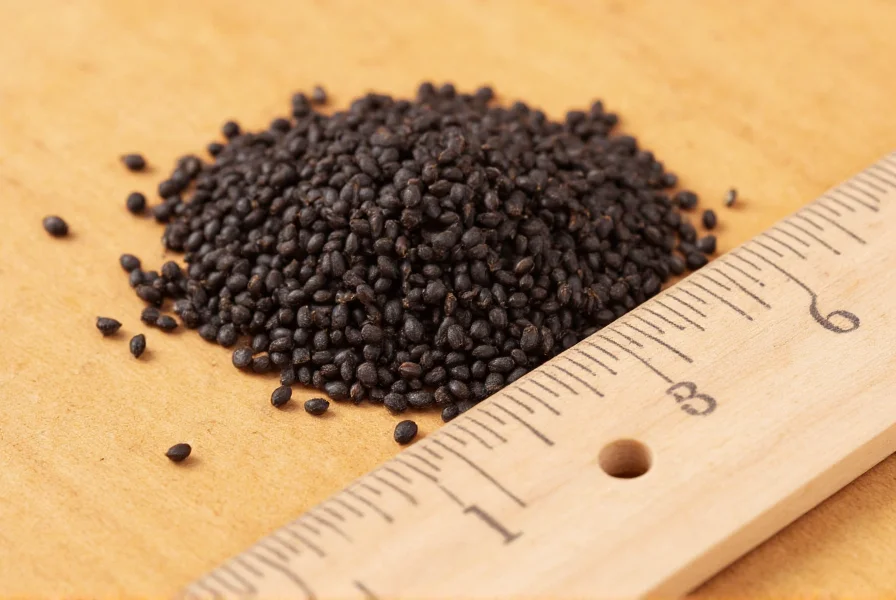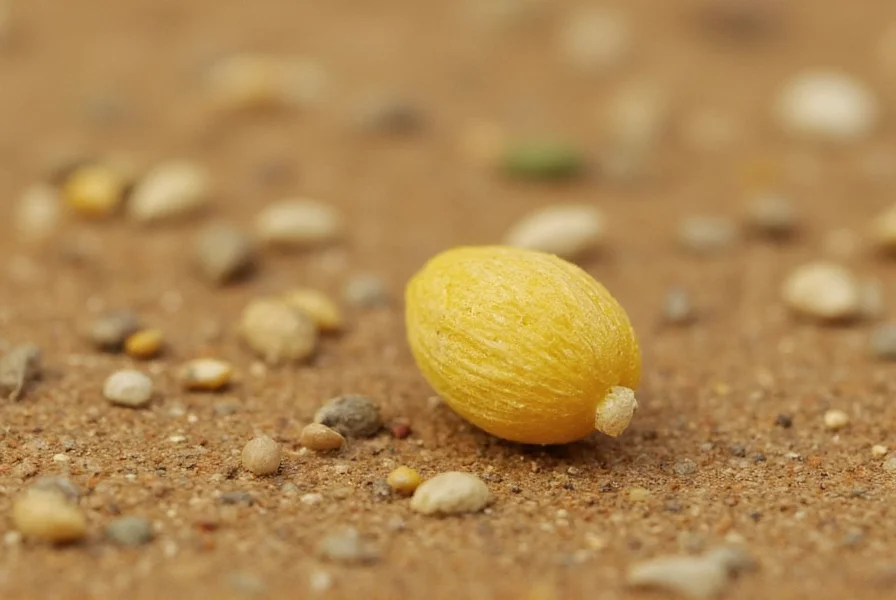When exploring the significance of a mustard seed, we encounter both historical reality and profound metaphor. This tiny seed has captured human imagination for centuries, particularly through its prominent role in religious teaching. Understanding both the botanical reality and symbolic meaning provides valuable context for anyone researching this seemingly simple but deeply meaningful subject.
The Mustard Seed in Historical Context
In first-century Palestine, mustard plants grew abundantly along field borders and roadsides. Unlike modern cultivated varieties, wild mustard (often black mustard, Brassica nigra) could reach heights of 8-10 feet, creating substantial shrubs that provided shelter for birds. This dramatic growth from minuscule seed to sizable plant made it a perfect teaching tool.
Archaeological evidence from ancient storage sites confirms mustard seeds were commonly used as both spice and medicine. Their pungent flavor came from glucosinolates, compounds that also provided preservative qualities. This practical knowledge of mustard's properties would have been familiar to Jesus' original audience, making the parable immediately relatable.
| Mustard Seed Characteristics | Details |
|---|---|
| Actual size | 1-2 millimeters in diameter |
| Weight | Approximately 0.002 grams per seed |
| Germination time | 8-10 days under optimal conditions |
| Full growth potential | 6-10 feet tall in one growing season |
| Historical cultivation | Widespread in Mediterranean region since antiquity |
Botanical Reality vs. Biblical Description
Some modern readers question whether the mustard seed was truly the smallest seed as described in the parable. From a botanical perspective, orchid seeds are significantly smaller. However, within the agricultural context of first-century Palestine, mustard seeds represented the smallest commonly known seeds that produced substantial plants.
The mustard plant's growth pattern perfectly illustrates the parable's message. While starting incredibly small, under favorable conditions it develops an extensive root system and grows rapidly, often becoming the dominant plant in an area. This characteristic made it somewhat of a nuisance to farmers, which adds another layer to the parable's meaning—the Kingdom of God might grow in unexpected, even disruptive ways.

Interpretation of the Mustard Seed Parable
Scholars identify several key interpretations of the mustard seed parable that remain relevant today:
- Incremental growth - Great things can emerge from humble beginnings
- Unexpected expansion - The Kingdom grows beyond initial expectations
- Sheltering community - The resulting plant provides refuge for birds, symbolizing inclusion
- Natural development - Growth happens according to natural processes, not human manipulation
Early church fathers like Augustine interpreted the birds nesting in the branches as representing the inclusion of Gentiles in the Christian community. Modern scholars often emphasize the parable's challenge to expectations—the Kingdom doesn't arrive with fanfare but grows organically from seemingly insignificant origins.
Historical Evolution of Interpretation
Scholarly understanding of the mustard seed parable has evolved significantly across historical periods, reflecting shifting theological priorities and cultural contexts. This timeline demonstrates how interpretations have adapted while maintaining core symbolism of organic growth.
| Historical Period | Interpretive Focus | Verifiable Source |
|---|---|---|
| Patristic Era (4th-6th c.) | Emphasis on ecclesiological growth: Mustard tree as Church sheltering diverse nations | Augustine, Tractates in Ioannem (New Advent) |
| Reformation (16th c.) | Shift to individual faith: Connection with "faith as mustard seed" (Matthew 17:20) | Luther, Lectures on Matthew (University of Michigan) |
| Historical-Critical (19th c.) | Apocalyptic framework: Kingdom as future divine intervention rather than gradual growth | Schweitzer, The Quest of the Historical Jesus (Princeton University Press) |
| Contemporary (Late 20th c.-present) | Political ecology reading: Mustard as invasive species challenging imperial agriculture | Horsley, Jesus and Empire (SBL Press) |
Contextual Boundaries and Application Limits
The mustard seed metaphor maintains relevance only when applied within appropriate theological and social boundaries. Modern misuse often ignores the parable's original agricultural context as a problematic weed (Mark 4:32 notes birds nesting in its shade, implying disruption of cultivated fields). The following analysis clarifies where the metaphor holds validity versus problematic extensions:
| Valid Application Contexts | Documented Misapplications |
|---|---|
| Organic community development: Grassroots movements growing through relational networks | Prosperity gospel claims linking "mustard seed faith" to guaranteed material wealth (contradicts parable's focus on Kingdom growth, not individual gain) |
| Patience in systemic change: Environmental restoration requiring generational effort | Using the parable to discourage structural justice efforts (e.g., "just have faith" without addressing oppression) |
| Resilience studies: Small interventions creating disproportionate societal impact | Decontextualizing growth as inevitable (ignores historical requirement of fertile soil, per Mark 4:3-8) |
As documented by Duke University's Center for Reconciliation, the parable's subversive nature—celebrating an invasive plant in agrarian society—warns against domesticating its challenging message (Duke CFR Research Archive).
Practical Applications Today
The mustard seed concept continues to inspire in multiple domains beyond religious teaching. In psychology, the "mustard seed principle" describes how small, consistent actions can lead to significant personal change. Business consultants use the metaphor to explain how startups can grow into major enterprises. Even in environmental movements, the idea that individual actions can collectively create substantial impact echoes this ancient teaching.
When examining what does the mustard seed represent in the bible, we find a message that transcends its original context. The parable encourages patience with slow growth, faith in unseen potential, and recognition that meaningful change often begins modestly. This understanding of the meaning of the mustard seed parable remains remarkably relevant in our fast-paced modern world.
Cultural Impact and Modern Usage
The phrase "mustard seed faith" has entered common parlance, often referring to having even a small amount of belief. While this interpretation simplifies the original parable (which focused on the seed's growth potential rather than the amount of faith), it demonstrates the enduring power of this metaphor.
Contemporary writers continue to draw on this imagery. In leadership training, the mustard seed represents starting small with big vision. In social justice movements, it symbolizes how grassroots efforts can grow into significant change. The spiritual meaning of mustard seed has evolved while maintaining its core message about potential emerging from humble beginnings.
Understanding the Full Significance
To fully appreciate the biblical significance of mustard seed, we must consider both its historical reality and symbolic meaning. The mustard plant's actual characteristics—its tiny seed, rapid growth, and substantial size—provided Jesus with a perfect natural illustration for spiritual truth. This combination of concrete reality and profound metaphor continues to resonate with people across cultures and centuries.
When studying the mustard seed parable explanation, we discover more than just an ancient teaching. We find a framework for understanding how meaningful change occurs—not through dramatic interventions but through consistent, organic growth from small beginnings. This perspective offers valuable insight whether examining religious history, personal development, or social movements.











 浙公网安备
33010002000092号
浙公网安备
33010002000092号 浙B2-20120091-4
浙B2-20120091-4